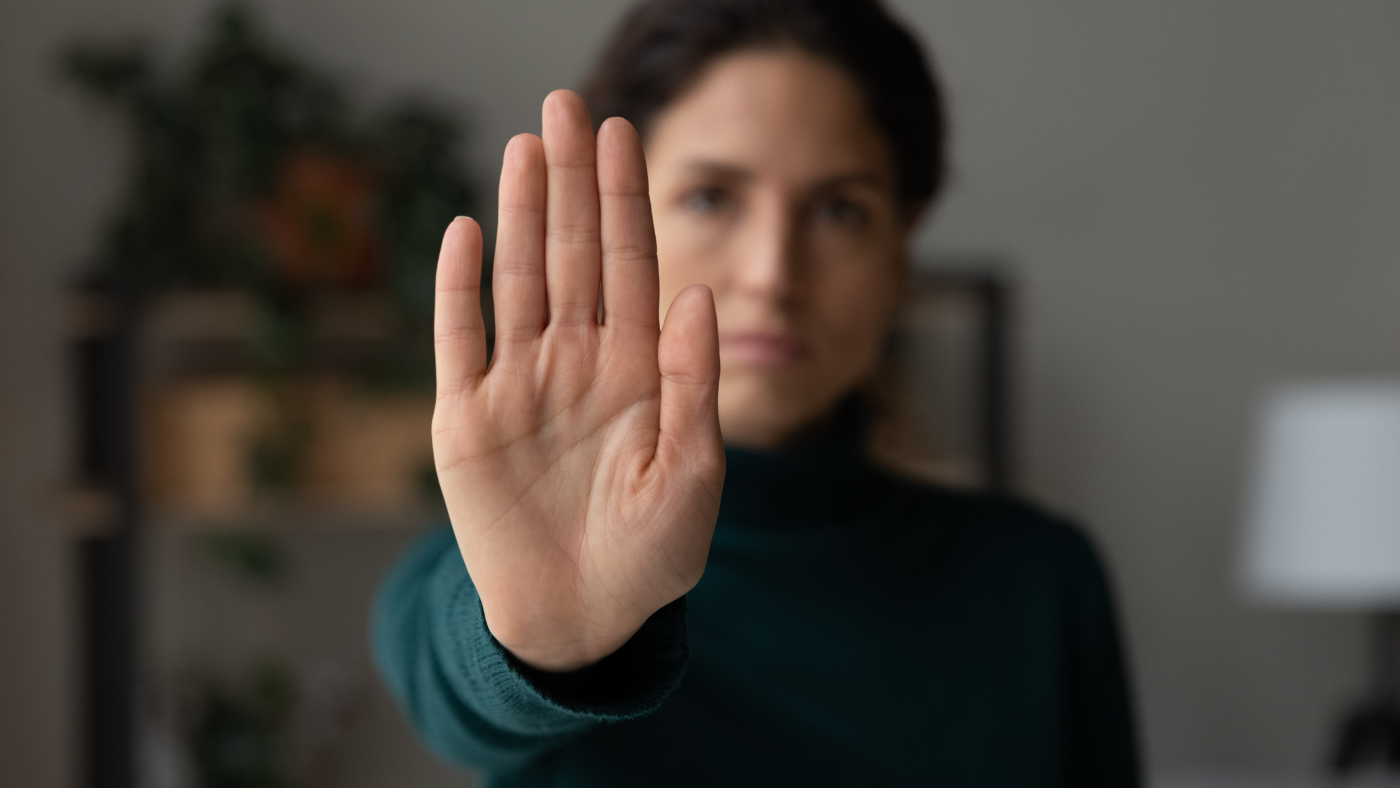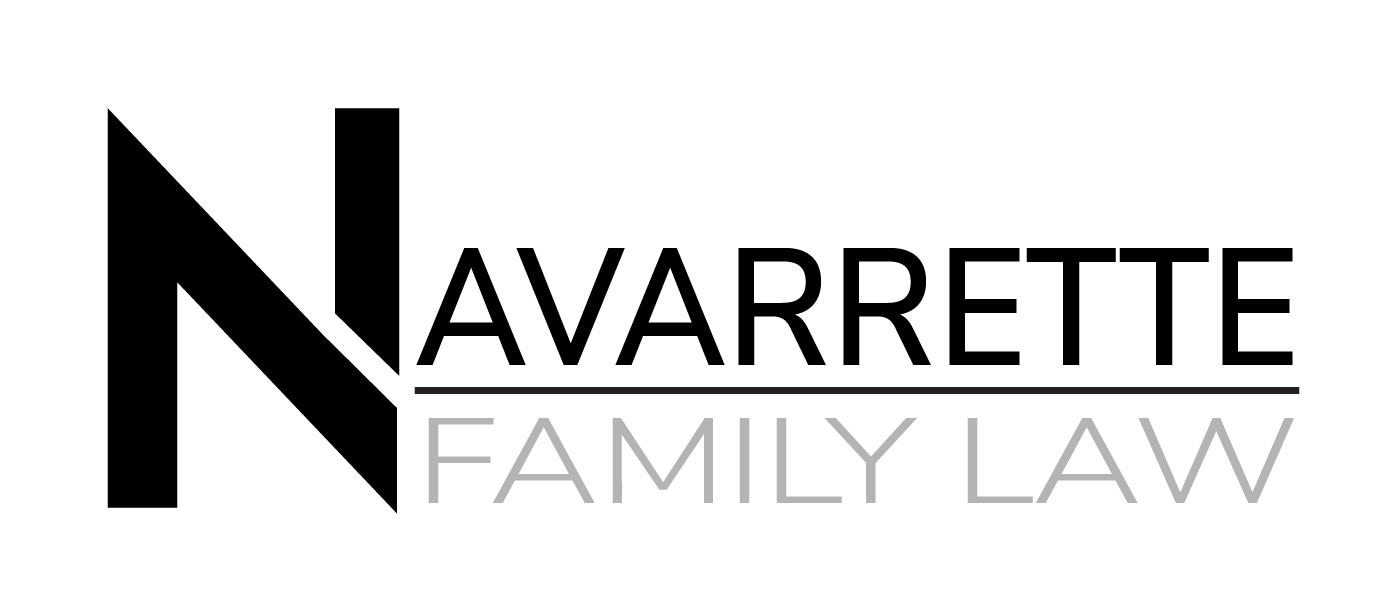
17 Feb Protective Orders: How They Can Safeguard Your Family
When safety becomes a concern in family situations, a protective order can provide legal protection and peace of mind. Whether you’re facing threats, harassment, or domestic violence, knowing your rights and options is the first step in securing a safer future for yourself and your loved ones.
This guide will help you understand what protective orders are, how they work, and how they can help safeguard your family.
What Is a Protective Order?
A protective order, also called a restraining order, is a legal document issued by a court to protect someone from harm, threats, or harassment. These orders can restrict contact between individuals and set clear legal consequences if the order is violated.
Protective orders are often used in situations involving domestic violence, stalking, or threats of harm. They can help prevent further danger by keeping the harmful party away from the person seeking protection.
How Can a Protective Order Help?
A protective order can:
- Prevent Contact – The person named in the order is legally required to stay away from you, your home, workplace, or children’s school.
- Stop Harassment & Threats – It prohibits threatening behavior, whether in person, over the phone, or online.
- Provide Legal Consequences for Violations – If the order is violated, law enforcement can take immediate action, including arresting the violator.
- Protect Children – If children are involved, the order can extend protection to them as well.
- Secure Temporary Custody & Support – In some cases, the order can include provisions for temporary child custody or financial support.
Types of Protective Orders in Texas
There are different types of protective orders based on the situation:
- Temporary Ex Parte Protective Orders – These can be granted quickly without notifying the other party if there is immediate danger. They typically last up to 20 days.
- Final Protective Orders – These require a court hearing and can last up to two years or longer in some cases.
- Magistrate’s Emergency Protective Orders (EPOs) – Issued after an arrest for domestic violence, an EPO provides immediate protection.
For more details on each type of order, visit our Protective Orders page.
Who Can Get a Protective Order?
Protective orders are available for:
- Victims of domestic violence
- Victims of stalking or harassment
- Victims of sexual assault
Parents seeking protection for their children
If you’re unsure whether you qualify, speaking with a family law attorney can help you understand your options.
How to Get a Protective Order
The process for obtaining a protective order includes:
- Filing a Petition – A request is submitted to the court outlining why protection is needed.
- Temporary Protection – If there is an immediate threat, the court may grant a temporary order before a full hearing.
- Court Hearing – Both parties present their cases before a judge.
- Final Order Issued – If the judge grants the request, the final protective order is put in place.
Having legal support during this process can make it easier and ensure your rights are protected.
Protect Your Family with Legal Support
If you or your loved ones are in danger, you don’t have to face it alone. A protective order can help you create a safe and secure environment while preventing further harm.
At Navarrette Family Law, we are dedicated to protecting families and helping individuals obtain the legal protection they need. If you need assistance with a protective order, contact us today to discuss your options.
